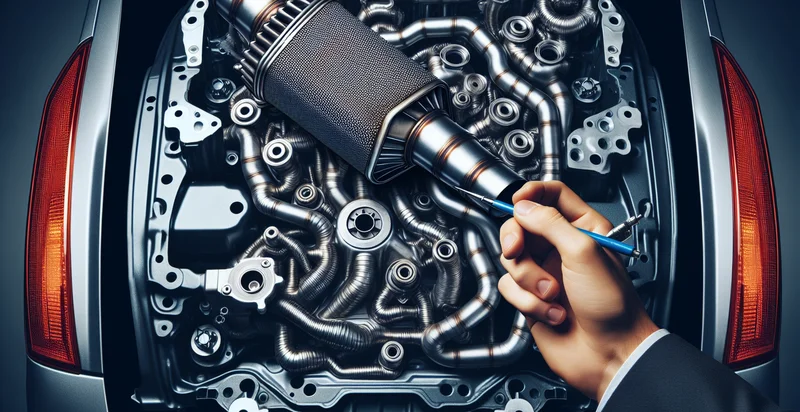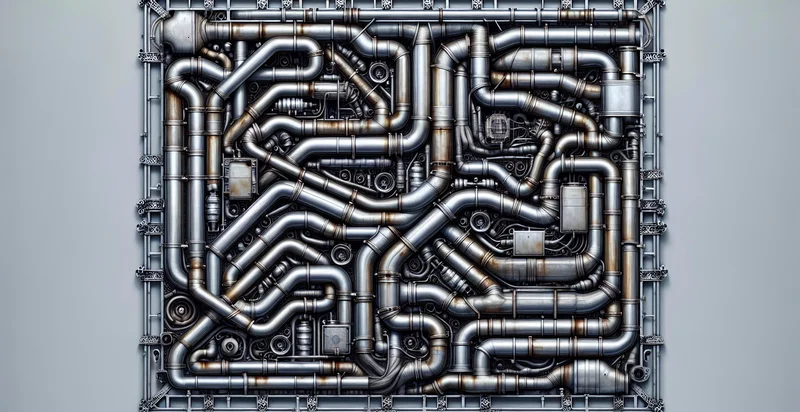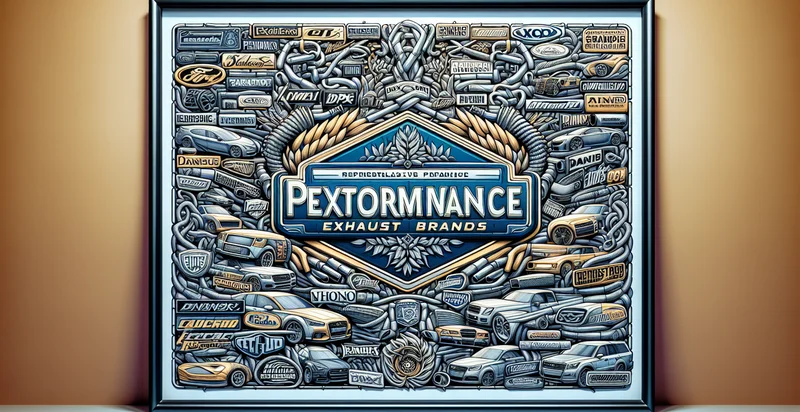Identify car maker by exhaust tip
using AI
Below is a free classifier to identify car maker by exhaust tip. Just upload your image, and our AI will predict which car maker produced the vehicle based on its exhaust tip design - in just seconds.

Contact us for API access
Or, use Nyckel to build highly-accurate custom classifiers in just minutes. No PhD required.
Get started
import nyckel
credentials = nyckel.Credentials("YOUR_CLIENT_ID", "YOUR_CLIENT_SECRET")
nyckel.invoke("car-maker-by-exhaust-tip", "your_image_url", credentials)
fetch('https://www.nyckel.com/v1/functions/car-maker-by-exhaust-tip/invoke', {
method: 'POST',
headers: {
'Authorization': 'Bearer ' + 'YOUR_BEARER_TOKEN',
'Content-Type': 'application/json',
},
body: JSON.stringify(
{"data": "your_image_url"}
)
})
.then(response => response.json())
.then(data => console.log(data));
curl -X POST \
-H "Content-Type: application/json" \
-H "Authorization: Bearer YOUR_BEARER_TOKEN" \
-d '{"data": "your_image_url"}' \
https://www.nyckel.com/v1/functions/car-maker-by-exhaust-tip/invoke
How this classifier works
To start, upload your image. Our AI tool will then predict which car maker produced the vehicle based on its exhaust tip design.
This pretrained image model uses a Nyckel-created dataset and has 15 labels, including Audi, Bmw, Chevrolet, Ford, Honda, Hyundai, Jeep, Kia, Mazda and Mercedes Benz.
We'll also show a confidence score (the higher the number, the more confident the AI model is around which car maker produced the vehicle based on its exhaust tip design).
Whether you're just curious or building car maker by exhaust tip detection into your application, we hope our classifier proves helpful.
Related Classifiers
Need to identify car maker by exhaust tip at scale?
Get API or Zapier access to this classifier for free. It's perfect for:
- Market Research Insights: Automotive manufacturers can utilize the exhaust tip classification function to gain insights into consumer preferences for car designs. By analyzing trends related to exhaust tip shapes and sizes, companies can tailor their product offerings to align more closely with market demands.
- Quality Control in Production: Car manufacturers can implement this function in their production lines to ensure consistency in vehicle design. By automatically identifying and flagging vehicles with incorrect exhaust tip designs, companies can maintain higher quality standards and reduce recall risks.
- Vehicle Authenticity Verification: Dealerships and consumers can use the exhaust tip identifier to verify the authenticity of a vehicle. This function can help identify counterfeit models or modifications, giving buyers confidence in their purchase and protecting brand integrity.
- Targeted Marketing Campaigns: Automakers can leverage insights from exhaust tip classification to create targeted marketing campaigns. By understanding which exhaust designs resonate with different demographic groups, companies can create advertisements that appeal to specific audiences based on stylistic preferences.
- Aftermarket Product Development: Companies specializing in aftermarket modifications can use the exhaust tip identification technology to develop compatible products. By knowing the original exhaust tip design of popular models, manufacturers can create accessories or upgrades that enhance vehicle aesthetics or performance.
- Insurance Risk Assessment: Insurance companies can utilize the exhaust tip identifier to assess risks associated with different vehicle models. Understanding correlations between exhaust design and vehicle performance may help underwriters determine premiums based on the likelihood of claims.
- Automated Insurance Claim Processing: This function can streamline the process of assessing vehicle damage in insurance claims. By analyzing images of damaged vehicles and identifying exhaust tips, insurers can quickly verify vehicle identity, leading to faster claim resolutions and improved customer satisfaction.


